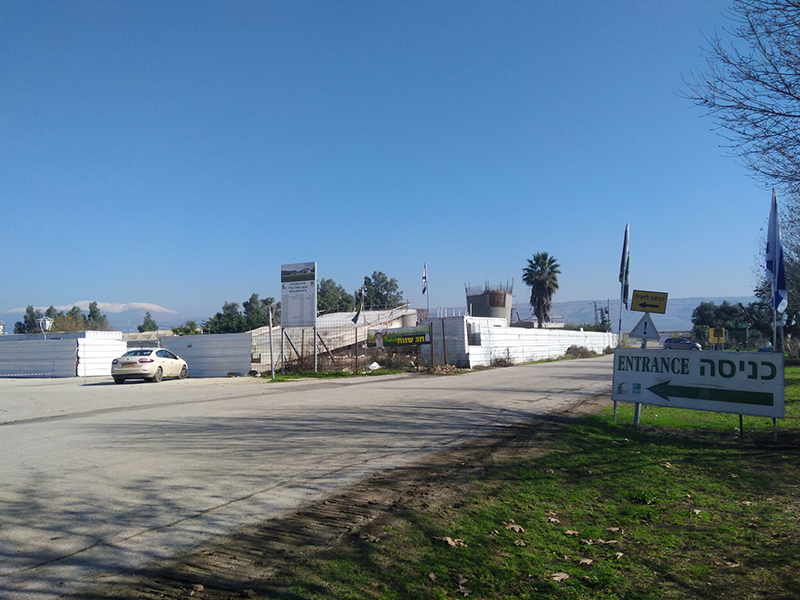A little more than four years ago, the Jewish National Fund of Canada (JNF) held its signature Negev Dinner to honour then-prime minister Stephen Harper and raise funds for a project in northern Israel that bears his name.
Considered a staunch friend of Israel and described by JNF as “an extraordinary world leader,” the organization raised more than $5 million for the Stephen J. Harper Hula Valley Bird Sanctuary Visitor and Education Center in the Hula Lake Nature Eco-Educational Park. The centre has been touted as “the flagship project of Keren-Kayemet L’Yisrael (KKL),” the Jewish National Fund’s Israel-based sister organization.
JNF Canada recently stated that “construction of the new state of the art visitor and educational centre … is now proceeding in full force, thanks to the support of KKL-JNF friends in Canada.”
READ: JNF NEGEV DINNER BREAKS FUNDRAISING RECORD
Yet that rosy picture is far from the one found at the site by The CJN. The work site appears nearly abandoned and with few workers.
There’s very little noise and just a few workers there. The site as a whole has an air of abandonment: several skids full of cinder blocks set down here, a portable cement mixer lowered there and forgotten, loose rebar sticking out in every direction like a five o’clock shadow.
Here and there, structures are indeed beginning to take shape – an observation tower, a long concrete ramp, two futuristic-looking archways that presumably will be entrances and exits.
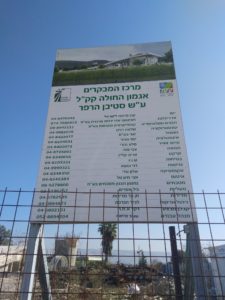
At the moment, the area is home to temporary buildings that the new visitors’ centre will replace, which house a few offices and public washrooms in trailers, a large hangar-like structure where visitors can rent bicycles, electric golf carts or huge, pedal-powered family bikes to tour the Hula Valley. There’s also a modest gift shop and a kiosk selling drinks and snacks.
JNF Canada CEO Lance Davis agrees that the project has taken quite some time to unfold. Davis said he has been in regular contact with KKL headquarters in Israel to monitor its progress.
The concrete foundations have been put in place and the most recent estimate is that the building’s steel frame will be erected this month. The visitor and education centre’s outer structure is expected to be completed by the end of the year and work on the inside of the building should be completed by the summer of 2019.
At that time, the centre should be open to visitors, he said.
So why will it take six years from the time fundraising began to the estimated opening of the facility?
“The plans that were originally conceived were changed,” including “the adoption of higher standards and adding various new elements, such as a ‘Tarpo room’ for radiation protection,” Davis told The CJN. “That required new architectural and engineering drawings, zoning permits, those sorts of things. It’s better to adjust the plans before putting shovels in the ground.”
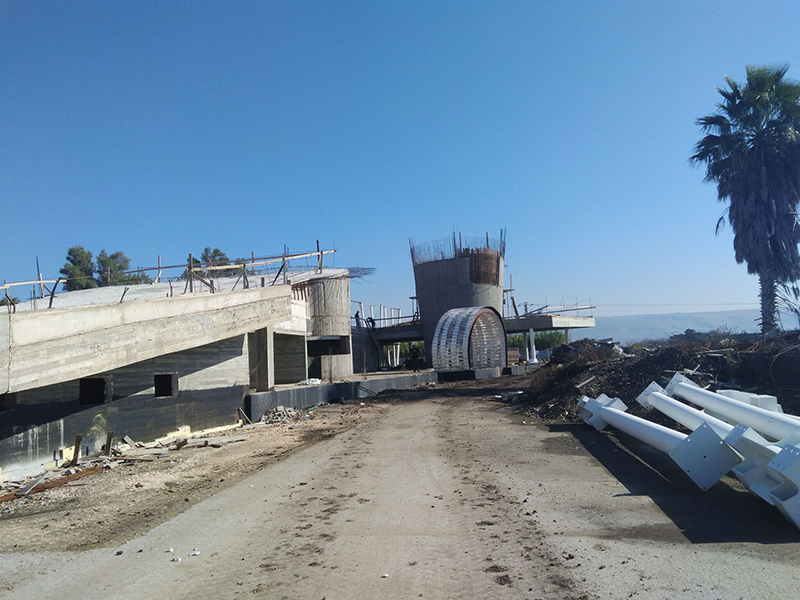
The project was altered at the behest of KKL, to one that is “extremely large” and costing NIS69 million, or approximately C$25 million. The original budget was NIS33 million ($12 million), Davis said.
And that is only for the visitor and education centre.
Other work on the site, including access roads, parking and other improvements, brings the cost up to NIS130 million, he added.
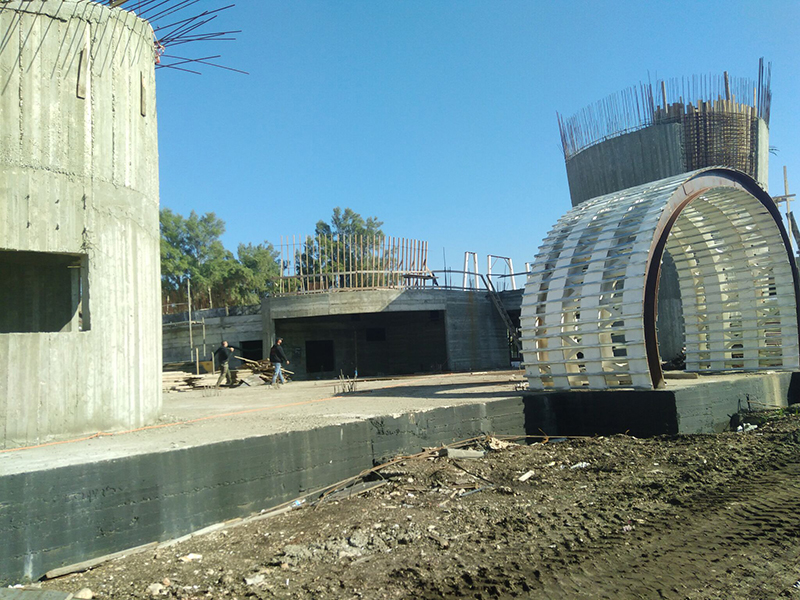
The difference between the more than $5-million raised by JNF Canada and the final price was paid for by KKL out of its own budget. JNF Canada’s funds, meanwhile, have been deposited temporarily into a fund operated by the Jewish Community Foundation of Montreal, with allocations sent to Israel on a periodic basis, Davis said.
“It’s a massive, massive project,” with 100,000 visitors expected to start, reaching perhaps one million per year at its peak. “For something that size, you want to make sure it is done properly,” he said.
“We would have been thrilled if the project had been opened earlier,” Davis continued. “We are understanding and respectful that it is an extremely large project.”
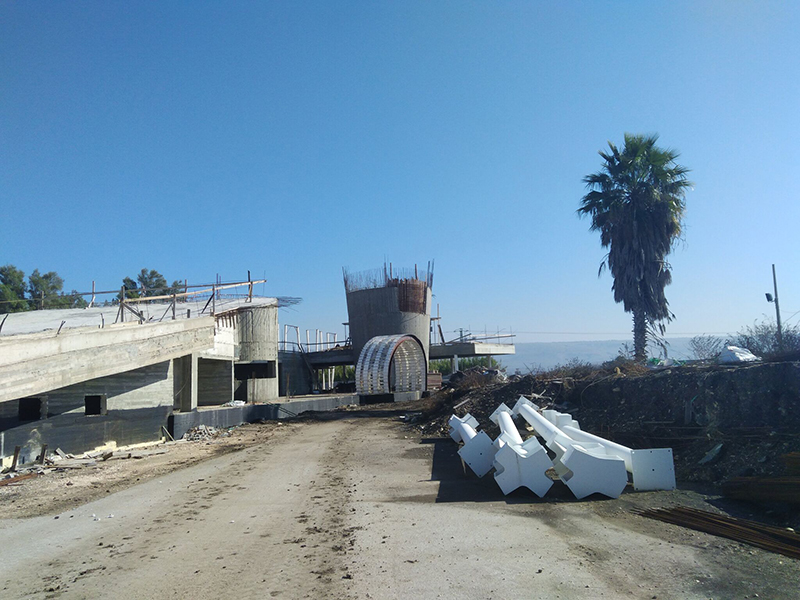
Sen. Linda Frum and her husband, Howard Sokolowski, co-chaired the 2013 Negev Dinner in honour of Prime Minister Harper. “We do have a sense of responsibility for the project,” she said, adding that the two will visit Israel later this month to see it first hand.
The project “is definitely behind schedule,” but that’s what happens when you deal with large bureaucracies, she continued.
“Projects get delayed. That’s disappointing and that is not how I’d like it to be. I expect it to open in mid-2019,” she said, adding that it’s not unusual for the full cost of JNF projects to go beyond the amounts raised by communities abroad.
We wish the project had been done at a better pace.
– Lance Davis
Davis conceded that he had received some calls and emails from donors who were concerned that the project was not completed, but those were relatively few, he said.
“We do trust the leadership of the KKL. They built the country over the last 117 years.” However, “we wish the project had been done at a better pace.”
At the time that Harper was being honoured in 2013, then-JNF CEO Josh Cooper said that, “Given his well-documented love of animals, we felt this would be an appropriate project to present to him.”
The Hula Valley, located in the shadow of Mount Hermon, is considered the crown jewel of Israeli conservation efforts.
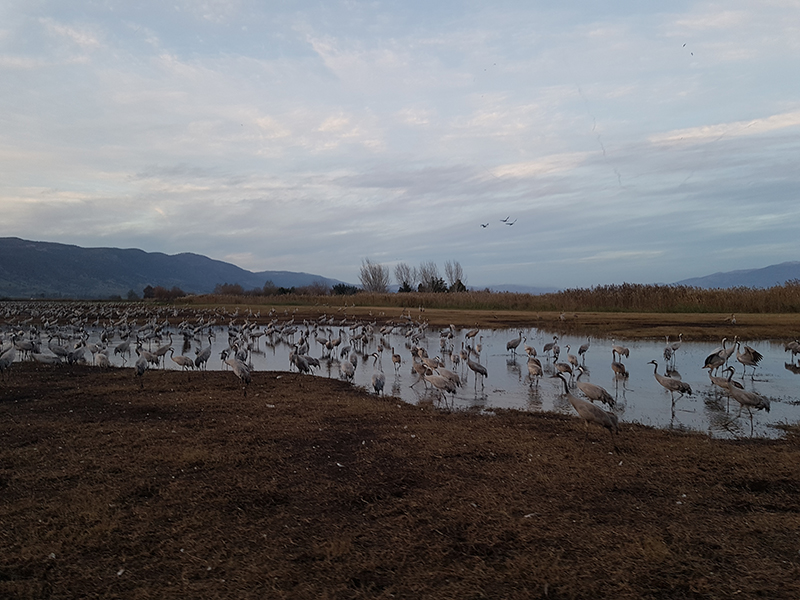
Known in the Bible as Merom, up until the 1950s, it was full of swampland that was notorious for breeding malaria-carrying mosquitoes. In the 1950s, the swamps were drained, with the hope that fertile farmland would result. Inadvertently, environmental devastation and the extinction of some indigenous species resulted. Farming the area was never entirely successful, and with seasonal flooding in the 1990s, the KKL and other organizations decided to re-establish wetlands in some areas.
Israelis remain in love with the area. Known in Hebrew as Agamon Hula (“Little Lake”), the wetlands are flat, surrounded by paved bike paths, and the air is filled with the raucous screeching of birds. A tiny nearby airfield brings small planes overhead, as well as hot-air balloons, which mingle with the 500 million birds from more than 500 species, including cranes, pelicans and eagles, which fly through the area each year on migration routes between Africa and Europe.
With files from CJN staff in Israel.
